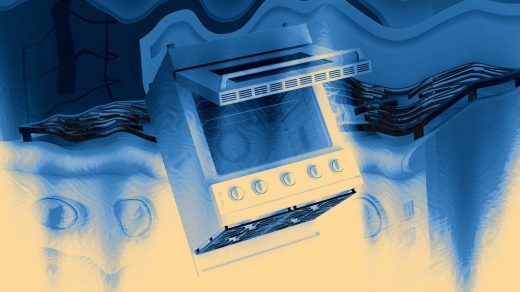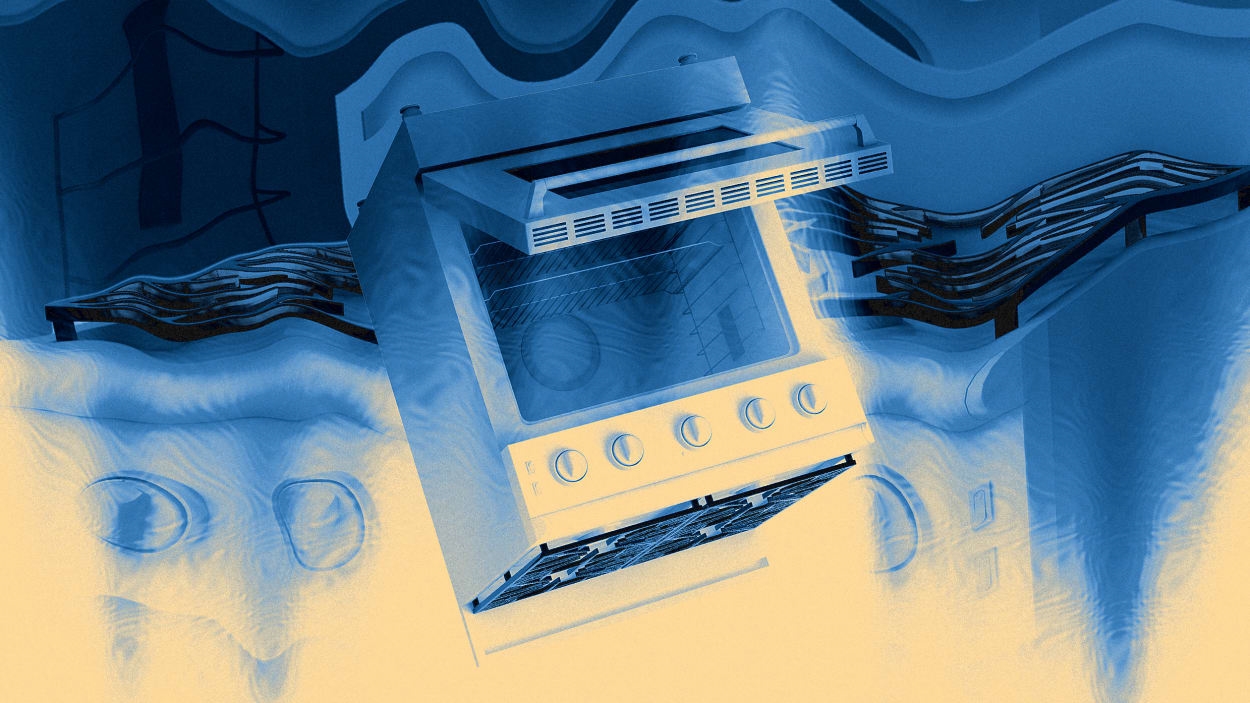The government is coming for gas stoves, it’s just not the federal government
The federal government isn’t planning to ban gas stoves, despite one official saying that “anything was on the table” because of the health hazards of burning gas in your kitchen. But dozens of cities—and some states—are already moving away from natural gas in a way that will make it useless to buy a gas stove, even if they haven’t been banned.
In 2019, Berkeley, California, became the first city in the U.S. to change its building code to ban gas hookups in new buildings. It was a response to the climate emergency: Nearly a third of the city’s emissions came from natural gas. The city council member who proposed the bill “recognized the need for us to stop the expansion of a growing source of greenhouse gas emissions in in the city,” says Sasan Saadat, a senior research and policy analyst at Earthjustice, one of a coalition of environmental groups that worked with the city. “We weren’t going to make a ton of progress reducing our greenhouse gas emissions if every time we built new housing, we were actually connecting more and more buildings to the gas system.” The bill unanimously passed.
Other cities quickly followed. “City council members were desperate to answer their constituents’ calls for climate action,” Saadat says. “This was something cities were uniquely positioned to lead on. So, quickly, when they saw that Berkeley was like, ‘You can do this,’ I think cities across the country wanted to replicate climate action at a moment where the calls from the public had reached this fever pitch.” The efforts weren’t focused on the health benefits of ditching gas, though the organizers recognized that gas stoves emit pollution at unsafe levels in homes and are linked to childhood asthma.
Today, 99 U.S. cities and counties now have some form of building decarbonization ordinance in place, according to a tracker from the nonprofit Building Decarbonization Coalition. Eighty-two of them require electric appliances—often including stoves, but sometimes limited to heaters—in new buildings. Others require “electric readiness,” so a house or apartment could easily switch to equipment like an induction stove in the future.
The list includes New York City, which passed a ban on gas hookups in new buildings in 2021. The first phase of the ban will begin later this year, when developers with buildings under seven stories will have to use heat pumps, induction stoves, and other electric appliances instead of fossil-powered versions. Developers of larger new buildings will have to make the switch in 2027. The ban follows an earlier “building performance standard” in the city that requires large buildings to cut emissions from energy use.
Other large cities, including Los Angeles and San Francisco, also have all-electric requirements in place. (Dozens of the cities are in California, where 70% of households currently have gas stoves; all-electric homes are actually more common in many red states.) Several variations of the regulations are in place. Washington, D.C., passed a new all-electric mandate for new homes and low-rise apartment buildings last year, but rejected the rule for larger commercial buildings. Seattle banned gas furnaces and water heaters in commercial buildings and large apartment buildings, but still allows gas cooking.
The process of rolling out the bans has faced challenges: Berkeley was quickly sued by the California Restaurant Association, arguing that it would impact restaurant kitchens. (The lawsuit was dismissed, but the organization is appealing. Some other cities now give restaurants an exception from the rules, though new induction stoves may work even for things like cooking on a wok). In Massachusetts, a Boston suburb tried to add an all-electric requirement to its building code in 2019, but the state attorney general said that it conflicted with state laws; last year, the state passed a law that will let 10 communities implement bans.
Multiple states, including Arizona and Tennessee, have passed “bans on bans” designed to keep cities from restricting the use of gas. Still, new restrictions are likely to continue to roll out. “There’s a lot of continued momentum just in the last several months,” says Mike Henchen, a principal at the nonprofit RMI. New York’s governor, for example, just proposed a statewide ban on gas in new buildings.
Nearly all of the ordinances focus only on new construction. “New construction is a much simpler lift, and that’s why you see so much policy development in that area,” says Amy Rider, director of policy acceleration at the nonprofit Building Decarbonization Coalition. But Ithaca, New York, plans to help residents decarbonize existing buildings by the end of the decade. San Diego voted last year both to ban gas hookups in new buildings and electrify almost all existing buildings over the next 12 years.
The incentives and tax breaks in the Inflation Reduction Act, which can help people buy heat pumps and electric stoves, can also help existing homes make the switch. “Ideally, it’s a market-driven approach, and we think these all-electric products will win on their merits in a vast number of cases across the country,” says Steve Pantano, head of research at the nonprofit Rewiring America. More state and local incentives can help, says Henchen, along with programs that help train more workers to install the new equipment. Federal regulators also could make stove manufacturers label products so that consumers are more aware of the health risks.
Pantano argues that a ban on gas stoves wouldn’t make sense now, but more regulation might happen in the future. “There’s a long history in this country of regulatory approaches following the market and sort of locking in transitions or gains as they’ve been made,” he says. “We’ve seen it with light bulbs, we’ve seen it with other efficiency standards . . . that should come in after people have already made lots of decisions on their own to adopt new technologies.”
New induction stoves are arguably better than gas, but many people have a knee-jerk reaction to the idea that something they have might be taken away. “There’s just a human psychology factor—people will inherently be more protective of something that they already possess,” says Rider. “That said, there are many technologies where we’ve seen an adoption curve: The early adopters are folks who are willing to go out and try new things, and there’s a tipping point where new technologies that are, in fact, superior become mainstream.”
(22)



